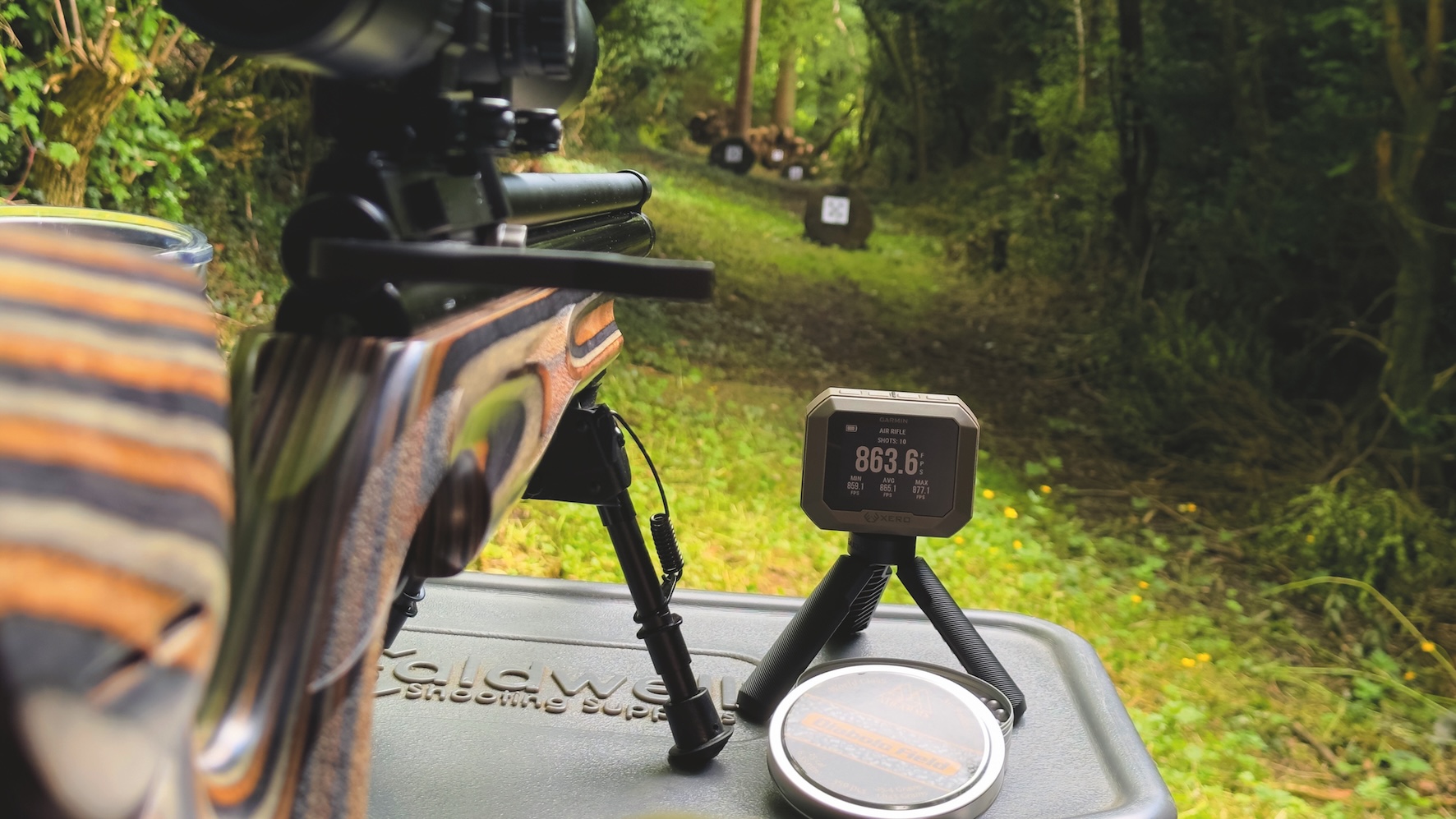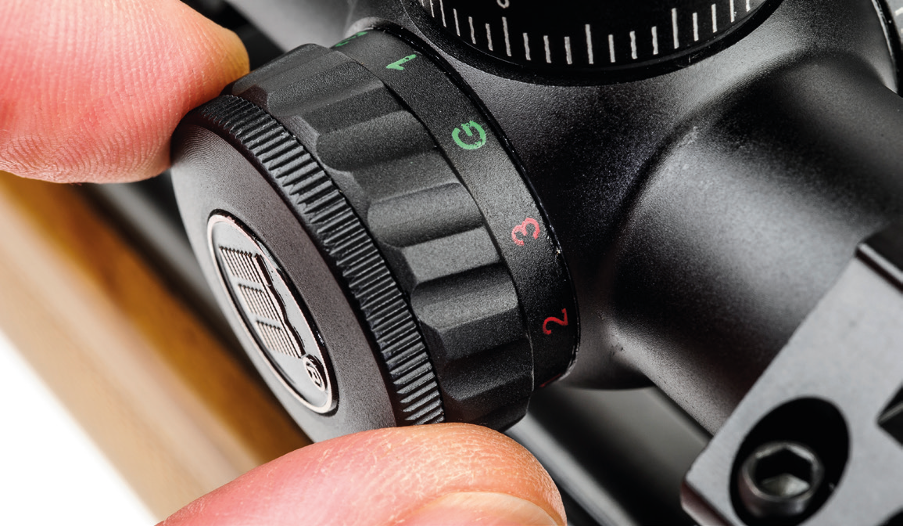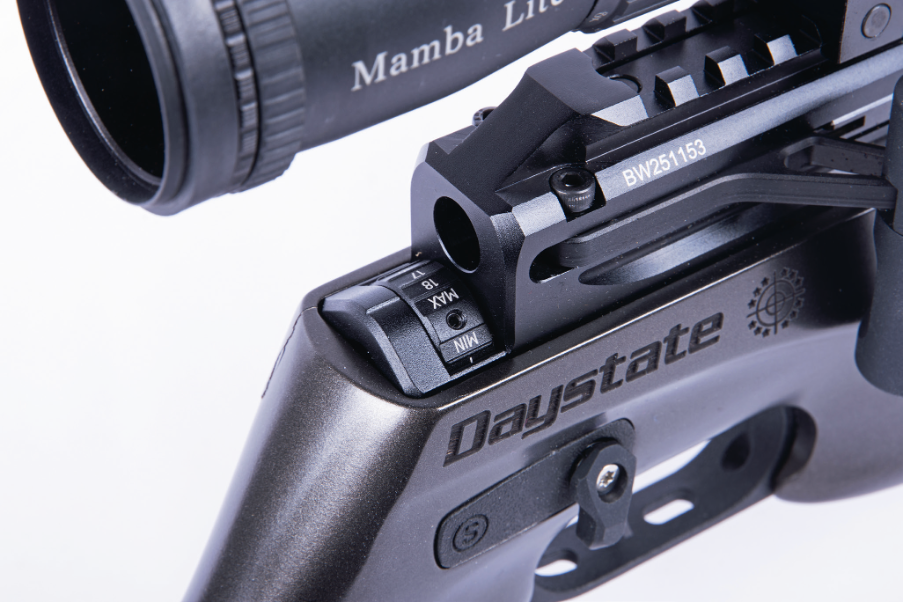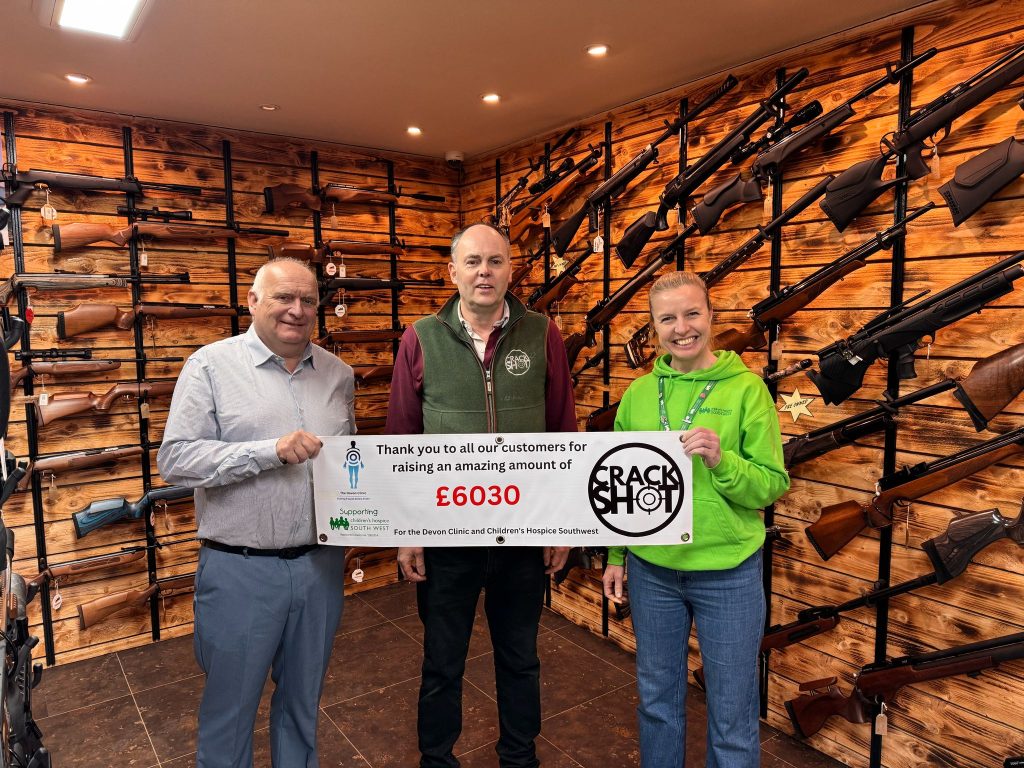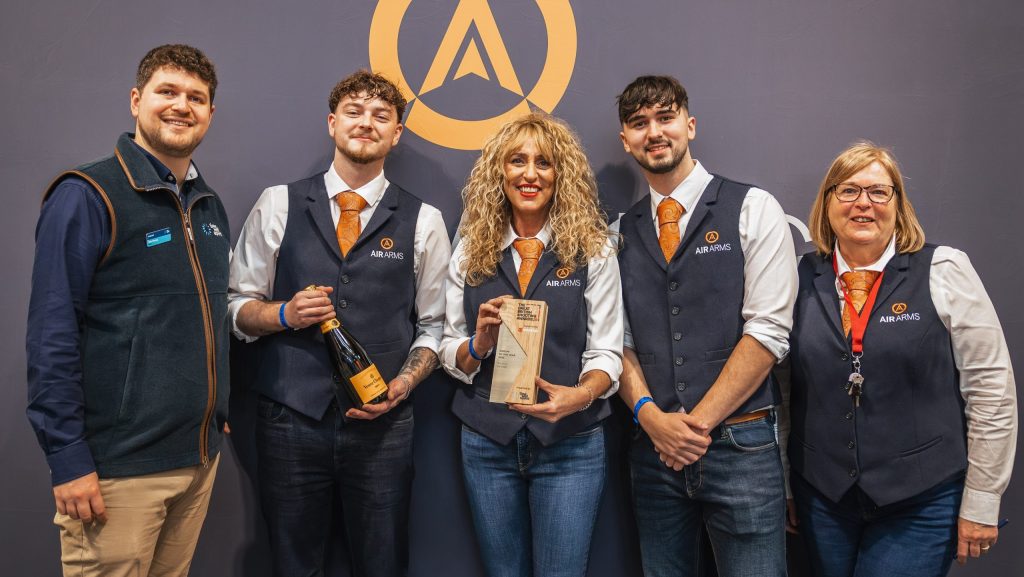News
Elite delight
Would you like to appear on our site? We offer sponsored articles and advertising to put you in front of our readers. Find out more.Bushnell tends to be a pretty steady kind of company, sticking with well proven models rather than jumping from one new idea to another, so I was a little surprised to receive the first of their new and shiny E Series models.
This new range is in fact the old 3200 and 4200 models combined with some tasty upgrades in terms of coatings and internal gas. I guess I should have known that a leopard doesn’t change its spots. Evolution not revolution; is more Bushnell’s style.
The spec I have on test is a new one that I think many airgunners would like: 4-16 x 50 as that offers the ideal range of magnification and a huge objective lens to gather as much light as possible. This is a hunting scope pure and simple, and Bushnell knows, as every hunter does, that sunrise and sunset are often the most productive times of the day when it comes to our quarry being active and offering us a chance to target them. Because of this, no stone has been left unturned in the search for improved light transmission and optical clarity. This is also a strong scope, proven by prototypes having survived 10,000 rounds of .375 Holland and Holland, which is a brutal big game cartridge, with no ill effects at all.
All the lens surfaces are coated with Bushnell’s Ultra Wide Band coating which is customised for every lens element in the optical path, minimising wastage and giving the best possible colour rendition. The image we see isn’t only controlled by the amount of light our eye receives but also the clarity and colour. The more detail we can resolve and the more true the colours appear, the better we’ll be able to identify our quarry and the precise point that we need our pellet to land to effect a clean and humane kill. I know from much bitter experience the frustration of being able to see my intended target at reasonable range, but not being able to get a good enough sight picture to be confident of my pellet’s landing spot. This forced me to pass up shots when they were definitely possible, but not safe enough to take and there have been times that it would have been my only shot of the day. Bushnell claims that these scopes offer 95% light transmission over 300% more of the visible spectrum, which is a pretty bold claim. These things rarely go uninvestigated, so I’m confident that Bushnell’s claim is entirely valid.
RAINGUARD ON GUARD
Another excellent feature of top end Bushnells is their RainGuard HD lens treatment, which is a coating that is applied over the Ultra Wide Band coating on the two external surfaces, designed to repel water and perhaps more importantly fogging. It’s also tough and scratch resistant adding protection to the more delicate Ultra Wide Band coating below. It scatters droplets of rain, sleet and snow as well as condensation such as your hot breath, and I can tell from personal experience that it works, and works well. Many’s the time I’ve inadvertently breathed on my ocular lens when mounting the gun under pressure to make a telling shot, only to find my sight picture obscured. Usually in the time taken to find something to clear the lens the pigeon will have flown and the chance been lost. I don’t suggest that the lenses stay perfectly clear; they don’t. Some fogging still appears but not enough to prevent a shot. Other manufacturers have begun to follow suit with their own versions but Bushnell were the first to offer this important and useful improvement. Again, in the last moments before a shot is taken these improvements can make the difference between success and going home empty handed.
All high quality scopes have the air ‘purged’ and then replaced with a pure clean gas, usually nitrogen which is totally clean and dry. This ensures that no moisture can condense on the internal lens surfaces and removes mould spores which could grow on the surfaces, damaging the clarity. Bushnell has taken this one step further by replacing the nitrogen with argon which has all the same beneficial effects, but as the molecule size is larger it’s less likely to leak. When any optical device is taken from a warm environment quickly into a very cold one, it suffers ‘thermal shock’, which is the rapid contraction of components. During that process, seals can become slightly loose and the vital gas can leak out, so the larger molecule size of the argon is less likely to escape. Argon also conducts heat less quickly than nitrogen slowing the expansion and contraction process.
QUALITY ENGINEERING
The build is very traditionally Bushnell, with a one-inch tube which saves weight, an important factor on a hunting scope that will be carried for long periods, especially if you want to incorporate a large objective lens, which is naturally heavy. The focus adjuster is the traditional type, with a fine thread and a locking ring rather than the unlockable fast-focus type. It’s true you lose speed of adjustment, but you gain the security of knowing that it won’t shift, and have complete reliability when it counts, which is what this range of scopes is all about.
When it comes time to zero the E Series you can appreciate the quality of the engineering just from the way the threads of the adjuster covers have been formed. They have a smooth clean movement that complements the action of the adjusters themselves, which have a reassuringly firm rotation. The drums are ‘finger-friendly’ removing the need for tools or coins to turn them, yet are quite low profile, as befits a hunting gun.
If you want to know how confident Bushnell is in the quality of these scopes they offer a lifetime warranty to any Elite owner. That means you the buyer, and anybody you sell it to and so on down the line. They don’t ask for a receipt or a warranty card. They simply repair any manufacturing fault without question and return the scope to you. Now that’s what I call confidence.
LOW LIGHT – HIGH EXPECTATIONS
To get a feel for the low light performance and to see for myself if Bushnell’s bold claims were true, I took the scope mounted to a Daystate Air Ranger and went to Bisley field target club, where I shoot regularly and have a good idea of what I can expect from a scope.
The range goes out to 55 yards and although it’s floodlit, the light is a little bit dim, making spotting the kill zones on well shot knock-downs a tough job. There was little or no wind and after getting the zero spot on, I set about shooting some small knock-down plates at the maximum distance.
The Air Ranger is a stunningly accurate gun and I was able to choose individual flecks of paint on the target faces and then precisely chip them off. To do this you need maximum optical clarity and resolution and the E Series offered me just that. It’s hard to put into words just how clear and bright this scope is, making precision shooting not only possible, but also a pleasure. Searching around the range, I sought the most difficult targets I could find, such as metal targets that had taken thousands of hits and were coated in lead splatters, making defining the kill zone a tough challenge for any scope, but the Bushnell made it clear and bright with no effort at all. Small targets such as fallen leaves hidden in shadow were again easy meat for this scope’s optics.
I truly love scopes of this quality and when fitted to a super accurate pre-charged pneumatic like the Air Ranger, you can achieve levels of accuracy we only dreamed of when I was a young man. Of course this is an expensive scope, there’s no denying that, but I’ve learned over the years that the old saying of ‘you get what you pay for’, was never more true than when it comes to optics. I’ve owned dozens of scopes and tested stacks more with my job, and I’m here to tell you that the Bushnell E Series is among the very best I’ve ever looked through. The image is stunningly sharp and brilliantly clear, just the kind that makes me glad to do the job I do. If you’re in the market for a top end scope to sit on your dream rifle, I urge you to seek your nearest Bushnell dealer and take a good long look at one of these, it could well be the dream scope to match.
Related articles
News
Crackshot raises over £6,000 for Devon charities
Crackshot Airgun Centre in Newton Abbot raises £6,000 for The Devon Clinic and Children’s Hospice South West through a charity raffle celebrating its 10th anniversary.
By Time Well Spent
News
And the award goes to...
Hundreds were nominated, over 50,000 votes were cast, and now it’s time to reveal who won what at the Great British Shooting Awards
By Time Well Spent
Manage Consent
To provide the best experiences, we use technologies like cookies to store and/or access device information. Consenting to these technologies will allow us to process data such as browsing behavior or unique IDs on this site. Not consenting or withdrawing consent, may adversely affect certain features and functions.
Functional Always active
The technical storage or access is strictly necessary for the legitimate purpose of enabling the use of a specific service explicitly requested by the subscriber or user, or for the sole purpose of carrying out the transmission of a communication over an electronic communications network.
Preferences
The technical storage or access is necessary for the legitimate purpose of storing preferences that are not requested by the subscriber or user.
Statistics
The technical storage or access that is used exclusively for statistical purposes.
The technical storage or access that is used exclusively for anonymous statistical purposes. Without a subpoena, voluntary compliance on the part of your Internet Service Provider, or additional records from a third party, information stored or retrieved for this purpose alone cannot usually be used to identify you.
Marketing
The technical storage or access is required to create user profiles to send advertising, or to track the user on a website or across several websites for similar marketing purposes.

